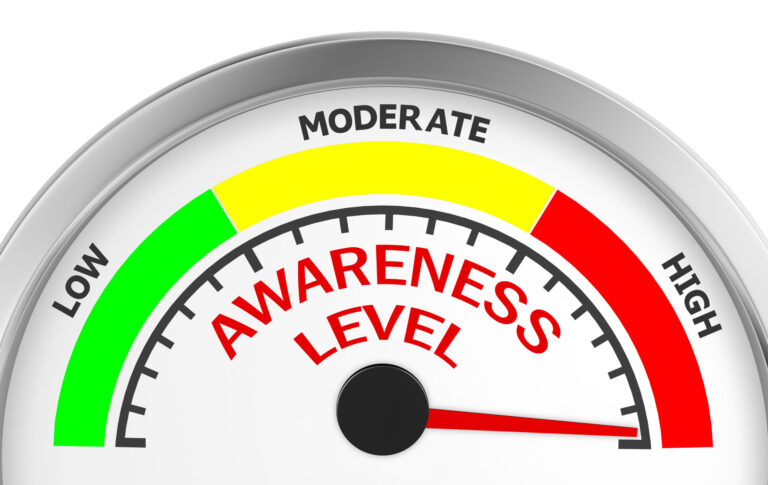Self-Accountability Part 2
Step 1: Know your role and your responsibilities
The first step in creating more self-accountability is to start by making an assessment of what your role is and what those specific responsibilities are.
If you’re a father, your role and responsibilities are very different than if you’re the head of an emergency room, or if you’re coach of a basketball team. Every area of your life can have different roles, but the responsibilities of being a father, for example, can impact the responsibilities of being an entrepreneur. You will need to think about how late nights in the office can affect missing Timmy’s baseball game into your plan.
No matter what your specific role is, you need to sit down and describe specifically what your responsibilities are. Without explicitly stating what your responsibilities are, you will never be able to hold yourself accountable.
When you’re making this list of responsibilities, you’re going to break down each broad responsibility into the specific and measurable components that combine to form the responsibility. If the components are not specific, you won’t know that you’re working towards them, and if they’re not measurable, you won’t know if you’re succeeding or failing.
Within each of these components that make up the responsibility, there’s going to be tactical strategies that will get you closer to the goal. These will be things that will be more day-to-day, so you can take down a larger goal one piece at a time.
In practice, it could look like this:
Role: A Father & Husband
Responsibility 1) Make sure the family is financially stable
Component A) Pay off wife’s student loan debt in 3 years
- Restructure current debt to reduce interest rate
- Add $50 more per payment to shorten duration to pay
Component B) Increase income by $15,000 this year
- Pick up an extra shift every other weekend
- Earn a professional credential that raises your salary within the next six months
III. Help wife start tutoring local students
Component C) Decrease spending by $1000 per month
- Pack lunch every day, saving $100/week
- Explore free hobbies that the kids enjoy
Responsibility 2) Improve the family’s relationships
Component A) Make routines more consistent
- Eat dinner together 5 nights a week
Ii. Start a monthly tradition (family outing etc)
Component B, C, D etc…
You start by creating a list of just the responsibilities that the role requires: are you making sure that there are no injuries on the shift you supervise, reducing waste, mentoring junior employees, any imaginable amount of realistic responsibilities for whatever role you’re in.
The four kinds of accountability mentioned at the beginning of the chapter should spark some creativity for responsibilities that might not be immediately obvious. The second shift supervisor is directly accountable to the Operations Manager he reports to, but he also has responsibilities to not setup the third shift supervisor for failure. If second shift is above quota every day, but third shift has started falling behind it means that somewhere, something is going wrong.
Once you have the responsibilities, break them down into the components that would lead to success in that responsibility. Then break down each component into whatever metrics would be considered success in that component. This is where you’re going to focus your daily effort.
Once you have broken down the strategic (higher level) into the tactical (day-to-day) steps necessary to move forward, now you have something that you can focus on every single day.
Every day, you can look back and ask yourself if you were taking the steps necessary to get to the end position you want to be in, and this is what self-accountability is all about.
This list of responsibilities is a document that should be referenced as often as necessary to get where you want to go. You should reassess the strategic level goals every three, six or twelve months to make sure that you’re still on the right general path.
You should be checking weekly or every other week to see if you’re doing the tactical steps that will feed into the responsibilities success. If you spend two weeks without having done a single daily step, it’s critical to take a look at why you weren’t able to.
This is where the self-accountability comes into play. If you are looking at getting back into shape as a goal, and you spend 2 weeks without exercising once, then there’s feedback that something needs to change. It’s important to note that this doesn’t mean that you’re instantly a failure and it’s time to give up all together.
If your excuse was that you forgot your gym clothes at home, start putting a gym bag with two sets of clean work out clothes in the trunk of your car. If your gym is 30 minutes away, change your protocol to “if I don’t go to the gym on this day, I need to do 50 pushups before I can turn the TV on at home”.
Continued…






